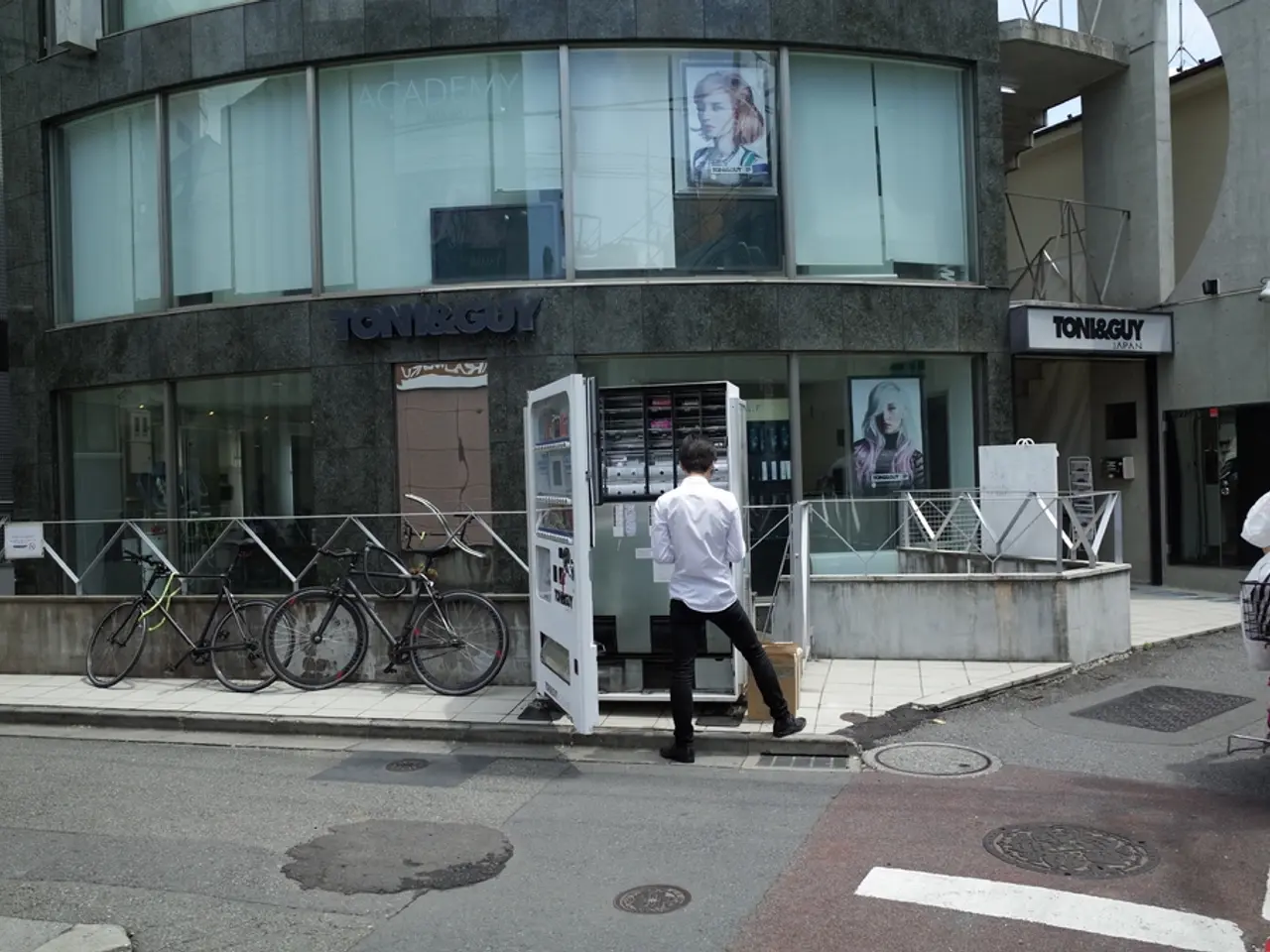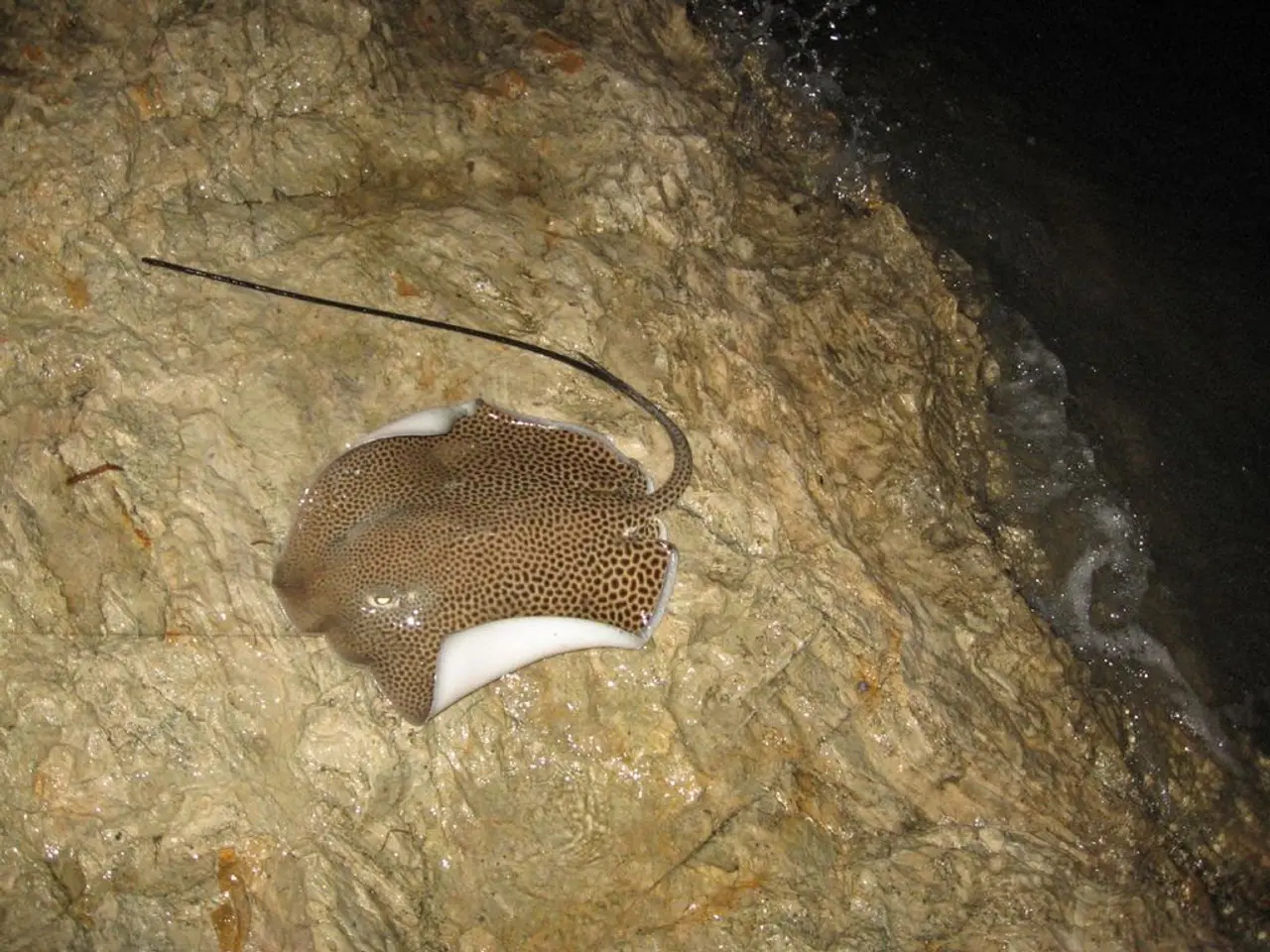Inequity in prize money: Race director refutes comparison between Tour de France Femmes winner Pauline Ferrand-Prévot and Tadej Pogačar, highlighting a significant disparity in winnings.
Tour de France Femmes Breaks New Ground, but Prize Money Disparity Persists
The Tour de France Femmes avec Zwift, held for the first time in decades, marked a significant milestone for women's professional cycling. However, the prize money distribution continues to highlight a disparity compared to the men's Tour de France.
Pauline Ferrand-Prevot's historic victory in the Tour de France Femmes earned her team, Visma-Lease a Bike, €76,190, the majority of their winnings. This is a fraction of the €701,280 won by UAE Team Emirates in the men's race, a difference of 45 times.
UAE ADQ, another top-performing team in the women's race, had a top earner in Dominika Włodarczyk, who finished fourth overall. Maeva Squiban also won a stage for UAE ADQ during the competition. The team won two stages, but their total earnings were still far from UAE Team Emirates' in the men's race.
FDJ Suez was one of the top-earning teams in the Tour de France Femmes, winning €53,810. Their success was due in part to the performances of Demi Vollering and Elise Chabey, who contributed to their top-earning status. Lorena Wiebes also won a stage for SD Worx-Protime in the Tour de France Femmes, while the team also won two stages and the green jersey.
The Tour de France Femmes had nine stages, compared to the men's 21 stages. Despite its shorter length, the women's race still had more sponsorship and significant financial benefits for women's teams and riders compared to the Critérium du Dauphiné for men. The eight-day Critérium du Dauphiné had a prize pot significantly smaller than that of the Tour de France Femmes.
The prize money gap reflects historical, structural, and economic factors. The women’s race is shorter, and women’s professional cycling is relatively young. Organizers emphasize building a sustainable professional women’s cycling infrastructure over merely equalizing prize money immediately. The priority is the event's solid establishment in the coming years rather than direct prize parity.
Economic and commercial factors also play a role. The men’s Tour de France has a longer history, higher viewership, and more established commercial sponsorships, enabling larger prize funds. The director of the Tour de France Femmes, Marion Rousse, acknowledged the differences in prize money and emphasized the importance of gradual evolution rather than immediate parity.
Tadej Pogacar won the overall men's Tour de France and received €500,000, 10 times more than Ferrand-Prevot. The total race prize pot for the men's Tour was €2,577,731, compared to €264,152 for the women's Tour.
Despite these disparities, the Tour de France Femmes has made a significant impact on women's professional cycling. It marks a step towards greater recognition and equal opportunities for female cyclists, and the potential for future growth is promising.
The Tour de France Femmes, though offering substantial benefits, awards struggling to match the prize money of the men's Tour de France, as evident in Pauline Ferrand-Prevot's earnings contrasting Tadej Pogacar's. The women's race, despite its advancements, is still facing finance-related disparities due to its relative youth, shorter length, and less established commercial sponsorships compared to the men's Tour.






